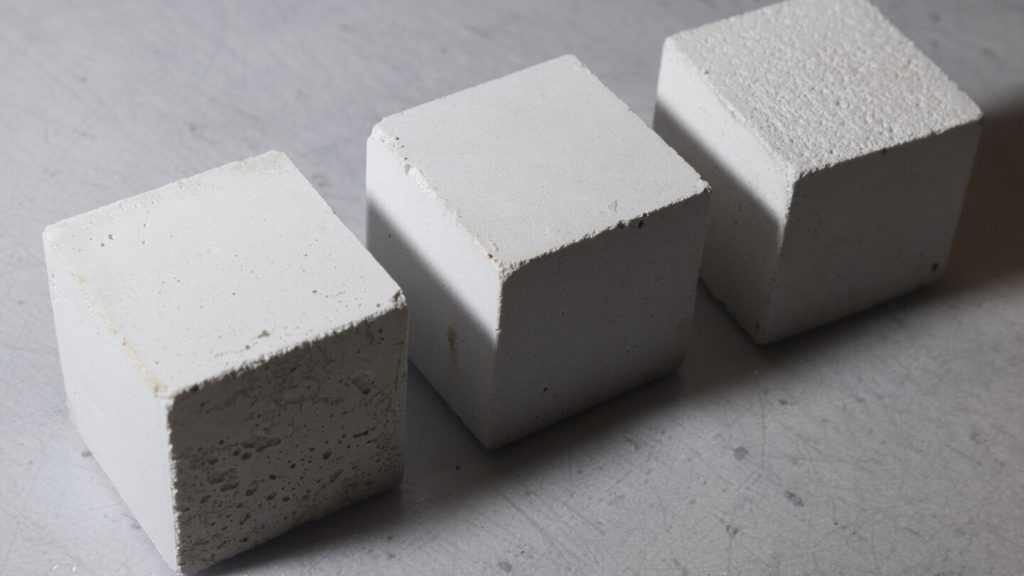A California startup, Fortera, has developed a technology that reduces carbon dioxide emissions in the making of cement, a major contributor to climate change. By intercepting carbon dioxide exhaust from cement kilns and routing it back in to make additional cement, Fortera’s technology has the potential to operate at large scale. It is being added to a CalPortland facility in Redding, California, one of the largest cement plants in the western U.S. The company aims to be a ubiquitous solution that can work at any plant to reduce carbon emissions significantly.
Fortera’s technology will initially produce enough to mix with one-fifth of CalPortland’s product in a blend that reduces carbon emissions by about 10%. There is a strong demand for higher blends that reduce carbon by 40-50%, as well as for a pure product that Fortera makes with 70% lower carbon. Building on knowledge from an earlier company called Calera, Fortera was founded in 2019 with several former Calera employees. The company’s technology is economically competitive and can be integrated into existing cement plants without major changes to the industry.
Concrete is the second-most used product on Earth, and cement accounts for 88% of its emissions. Fortera’s technology offers a solution to reduce the carbon footprint of concrete by capturing carbon dioxide and turning it into a solid that can be used in the production of cement and concrete. The company’s ReAct product is blended with other ingredients to make concrete, with a 15% blend currently allowed under industry standards. Fortera is working towards getting a product that is 100% ReAct approved as a replacement for cement, meeting international requirements.
Efforts to reduce the climate impact of concrete are growing, with initiatives from organizations like the American Institute of Architects, First Movers Coalition, and Global Cement and Concrete Association. These initiatives aim to create greater demand for low-carbon cement and concrete, reduce emissions from cement manufacturing, and develop new ways to capture carbon. Fortera’s technology offers a promising solution that can be widely adopted by cement plants, helping to curb carbon emissions and combat climate change on a global scale.
The cement industry is a significant contributor to carbon emissions, with one ton of cement manufacturing emitting nearly one ton of carbon dioxide. Fortera’s technology works by capturing carbon dioxide from cement kilns and turning it into a solid that can be used in the production of cement and concrete. The company’s process requires less energy and emits less carbon compared to traditional cement manufacturing methods. With global solutions being critical, Fortera’s technology has the potential to make a meaningful impact in reducing carbon emissions from cement production, especially in rapidly developing regions like Southeast Asia and Africa.
As efforts to address climate change continue, innovative solutions like Fortera’s technology are crucial in reducing carbon emissions from industries like cement manufacturing. With the support of various organizations and initiatives, the transition to low-carbon cement and concrete production is becoming more achievable. By integrating carbon capture technologies into existing cement plants, the industry can work towards significantly reducing its carbon footprint and contributing to global efforts to combat climate change.


